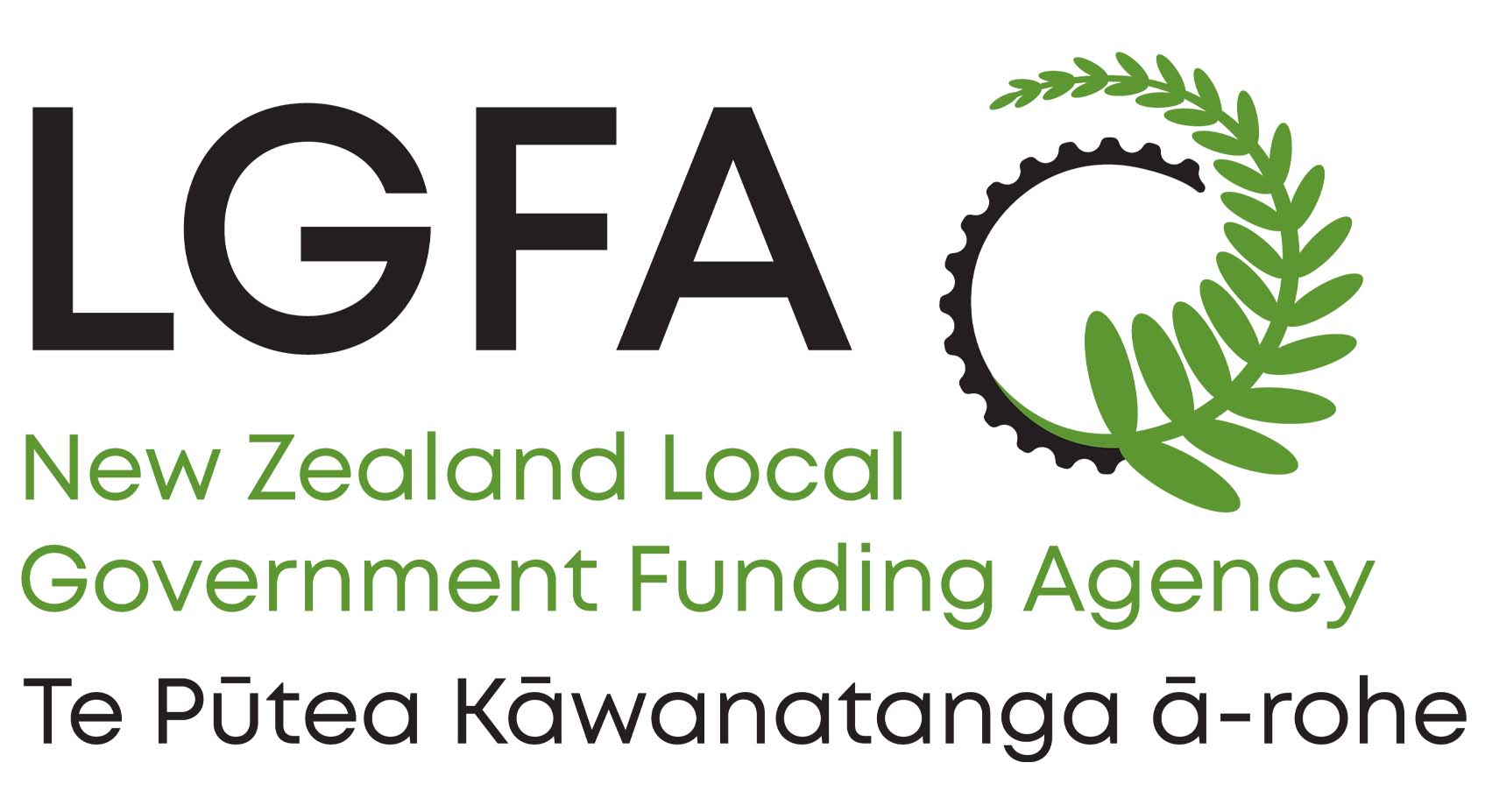
New Zealand LGFA expects more syndicated issuance
New Zealand Local Government Funding Agency (LGFA) issued its first syndicated transaction in 2019. Mark Butcher, LGFA’s Wellington-based chief executive, tells KangaNews about the change in strategy, extended tenor and membership growth.
Can you give an update on the borrowing profile of the New Zealand local government sector and how this will feed through to LGFA funding needs in the years ahead? Are you seeing capex coming through as strongly as projected?
Historically, the sector has overestimated its infrastructure investment, hence new borrowing requirements. But we are sensing that delivery is now more on track. The only unknown is how much capex will come via off-balance-sheet financing that will not be sourced through LGFA.
We expect about NZ$1.7 billion (US$1.1 billion) of LGFA bond issuance a year going forward, with upside to that. Councils are borrowing more and we will also look to increase our holdings of liquid assets.
In 2019, LGFA undertook a syndicated transaction for the first time. How do you assess the decision? Did syndication achieve what you wanted?
There was also a window for execution, with large bond maturities and index lengthening occurring in early 2019. The 2024 and 2029 syndications were both successful. They exceeded our volume and pricing targets, and offshore and domestic investors supported them well.
Syndicated issuance tends to allow for more offshore participation than tender. Was this the case for LGFA? How much work are you doing with offshore investors, especially given the low official cash rate?
We feel this remains a positive, given other high-grade New Zealand dollar issuers have struggled to maintain holdings or attract offshore interest. Having larger lines of bonds, a yield curve of maturities and longer-dated maturities helps retain offshore investor support in what is now a less compelling environment for New Zealand dollar securities.
For our offshore investors, LGFA bonds offer either an attractive yield pickup over New Zealand government bonds (NZGBs) or more choice in yield curve and greater liquidity than Kauri issues.
How frequently do you expect to deploy syndication?
Tenders are still an important part of issuance strategy. They provide a true indication of pricing equilibrium for us as an issuer, and for banks and our investors. Greater transparency is achieved with frequent tenders and a small number of maturities at each.
What capacity is there for LGFA to go longer on the curve and what are the constraints?
We appreciate the support from domestic investors, who hold more than 50 per cent of our 2033s; there is capacity. We have noticed that bank balance sheets have both increased their outright limits on LGFA in the last year and slightly extended their maximum tenor limits, albeit not as far as 10 years.
Offshore investors remain supportive of the longer end, given the steep yield curve and the 75-basis-point spread pickup over NZGBs for our 2033 bonds, when the base NZGB yield is 1.7 per cent. Offshore investors would hold more longer-dated bonds if outright yields were higher or spreads were more attractive relative to the US and Australia.
Our biggest constraint is that our council borrowers have yet to push their appetite out as far as they should.

HIGH-GRADE ISSUERS YEARBOOK 2023
The ultimate guide to Australian and New Zealand government-sector borrowers.







